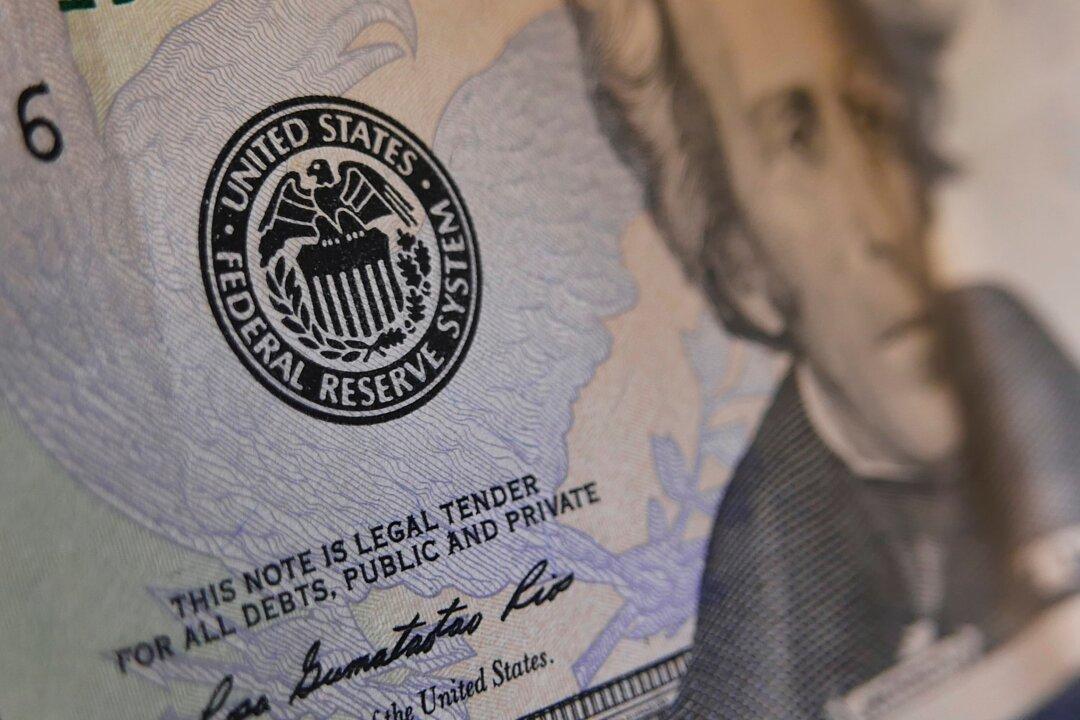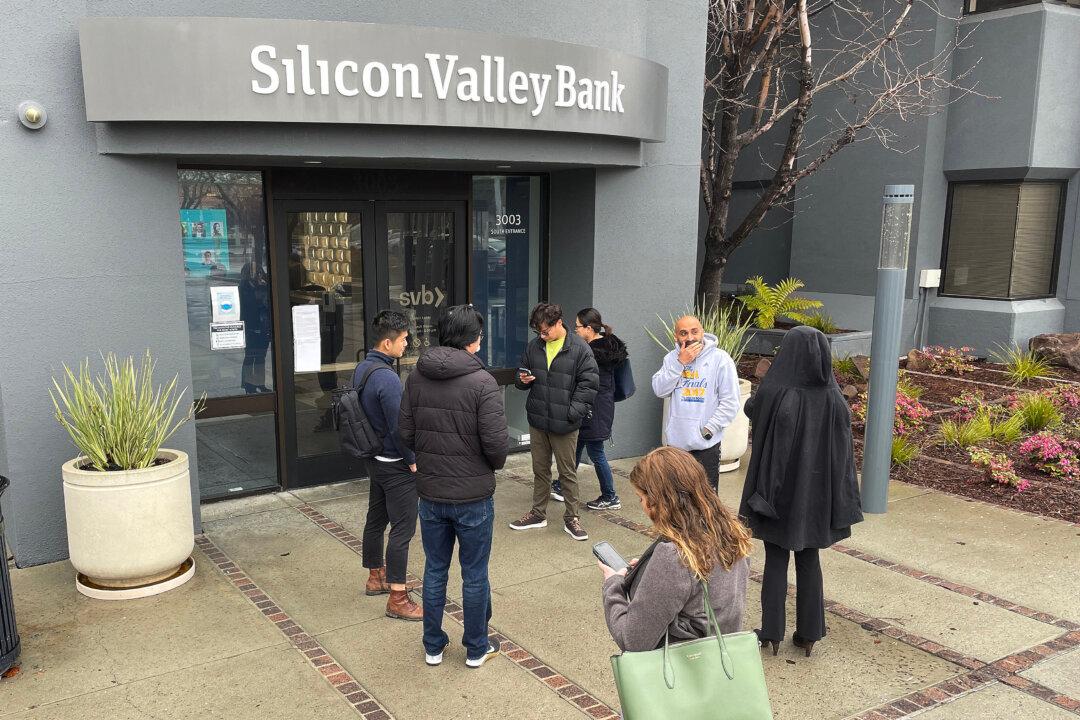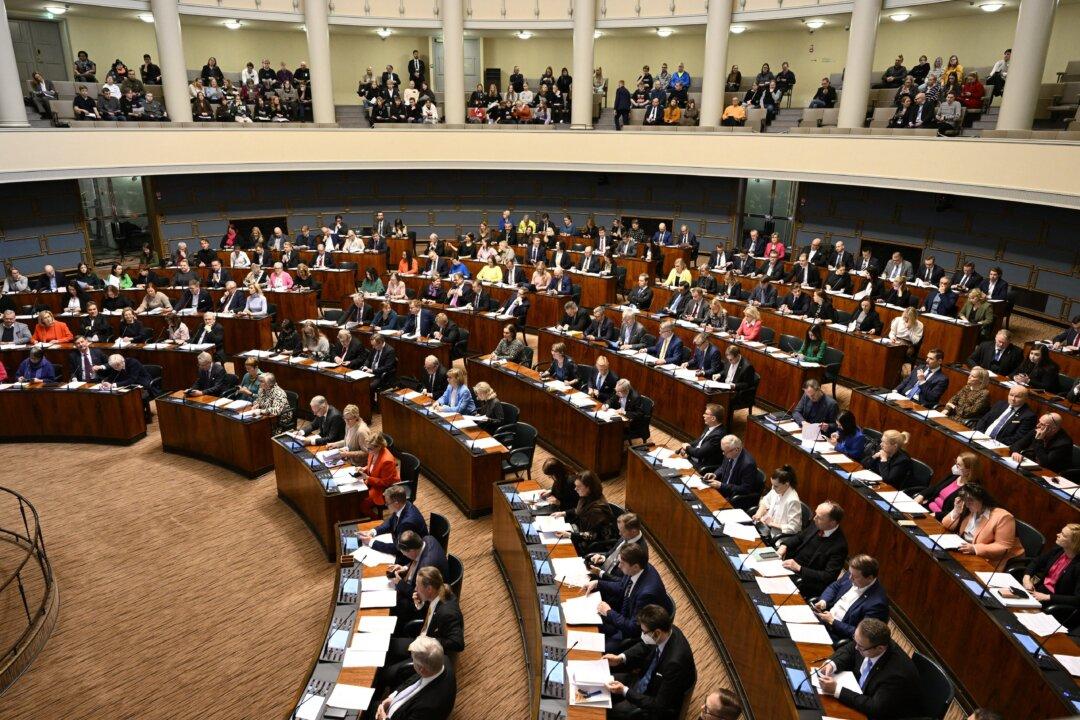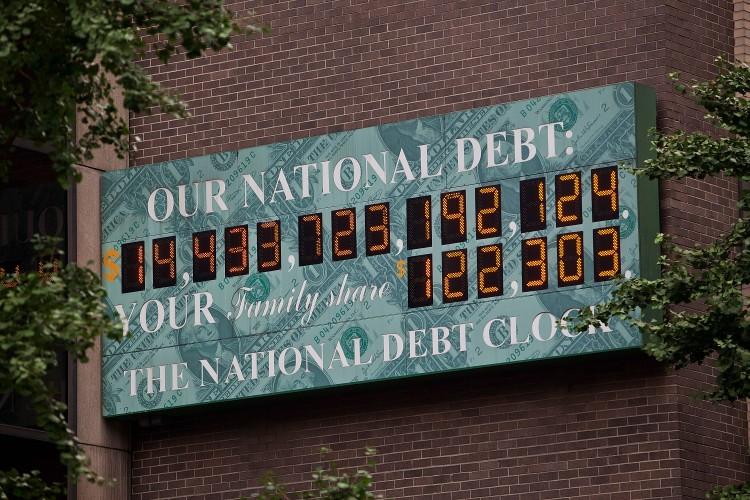Commentary
The view was generally held that centralization of banking would inevitably result in one of two alternatives: either complete government control, which meant politics in banking, or control by ‘Wall Street,’ which meant banking in politics.





